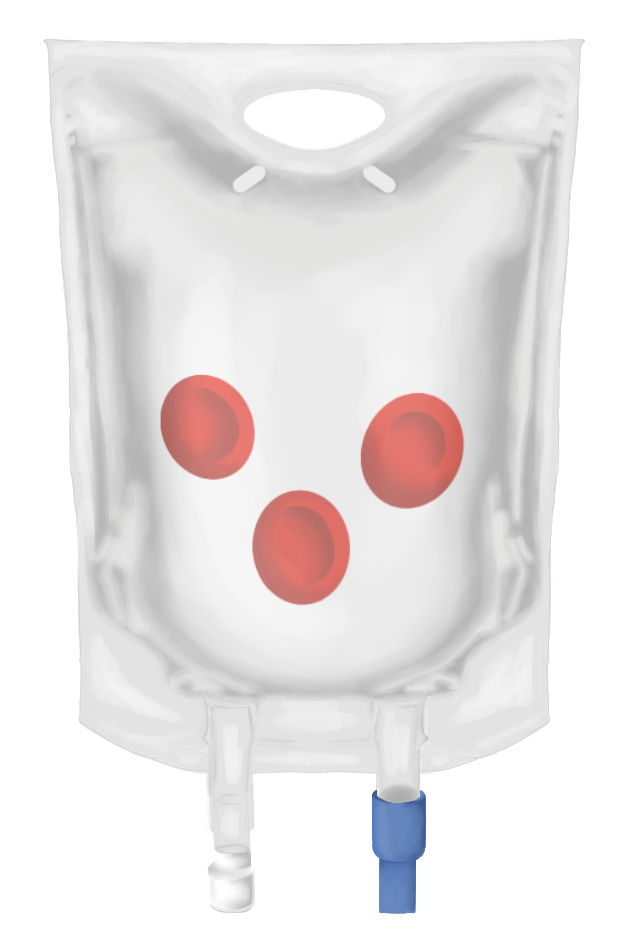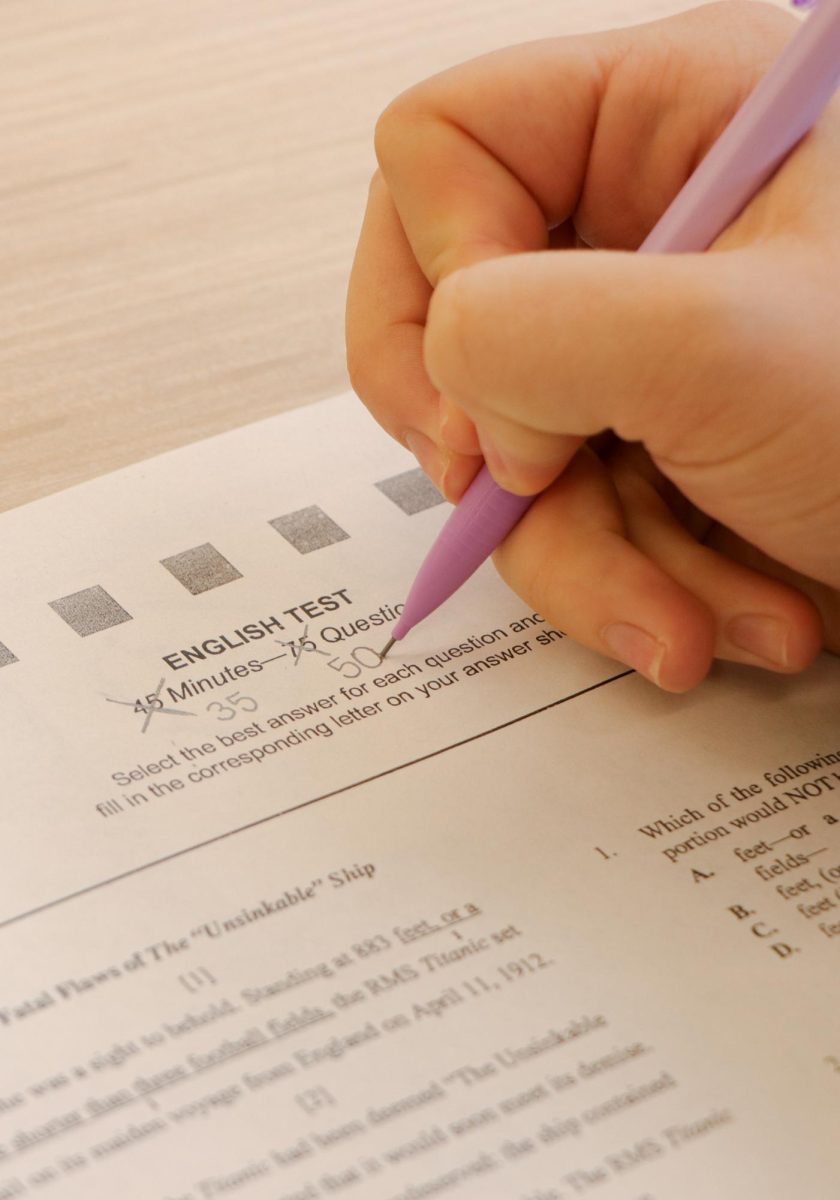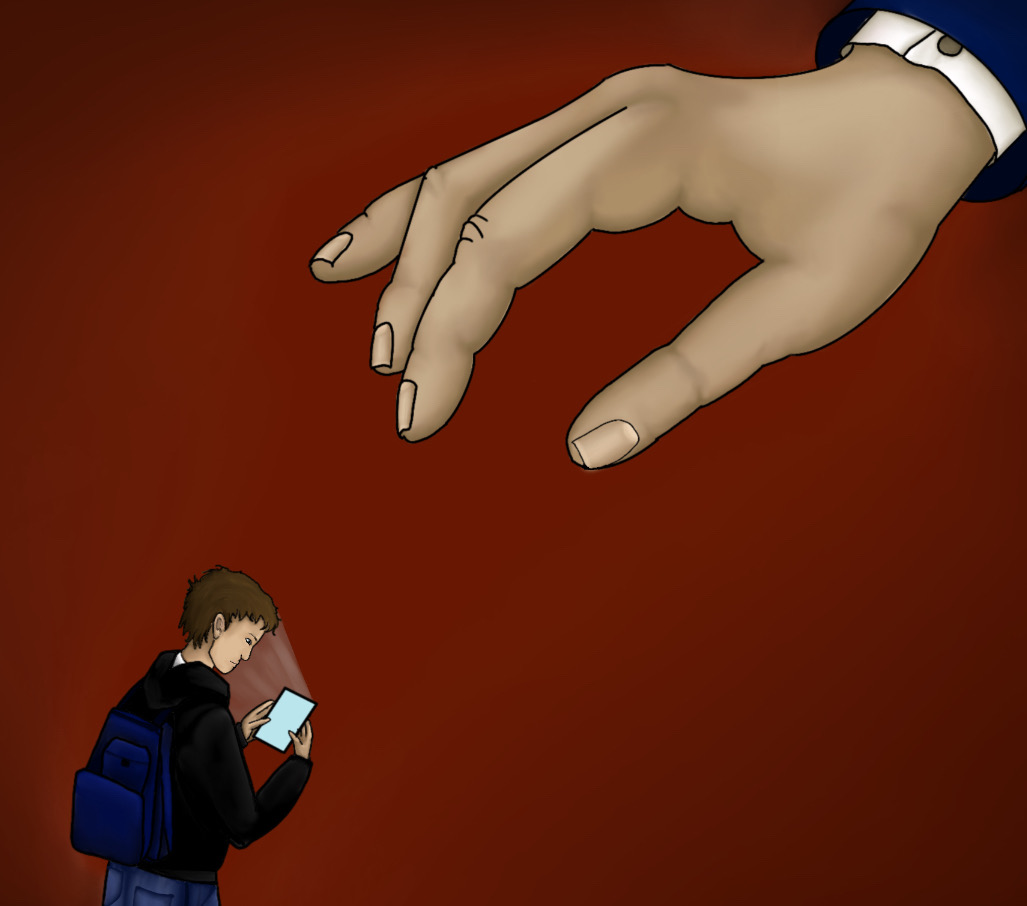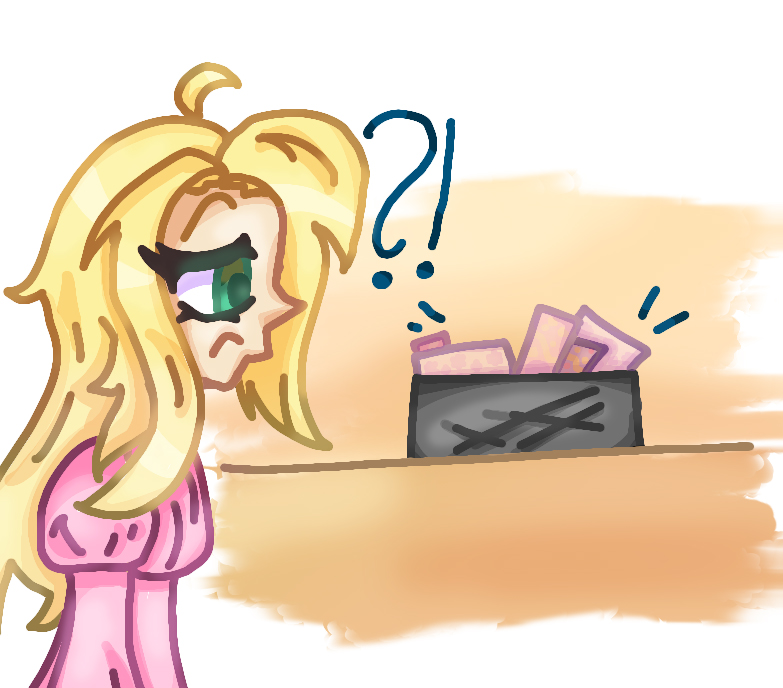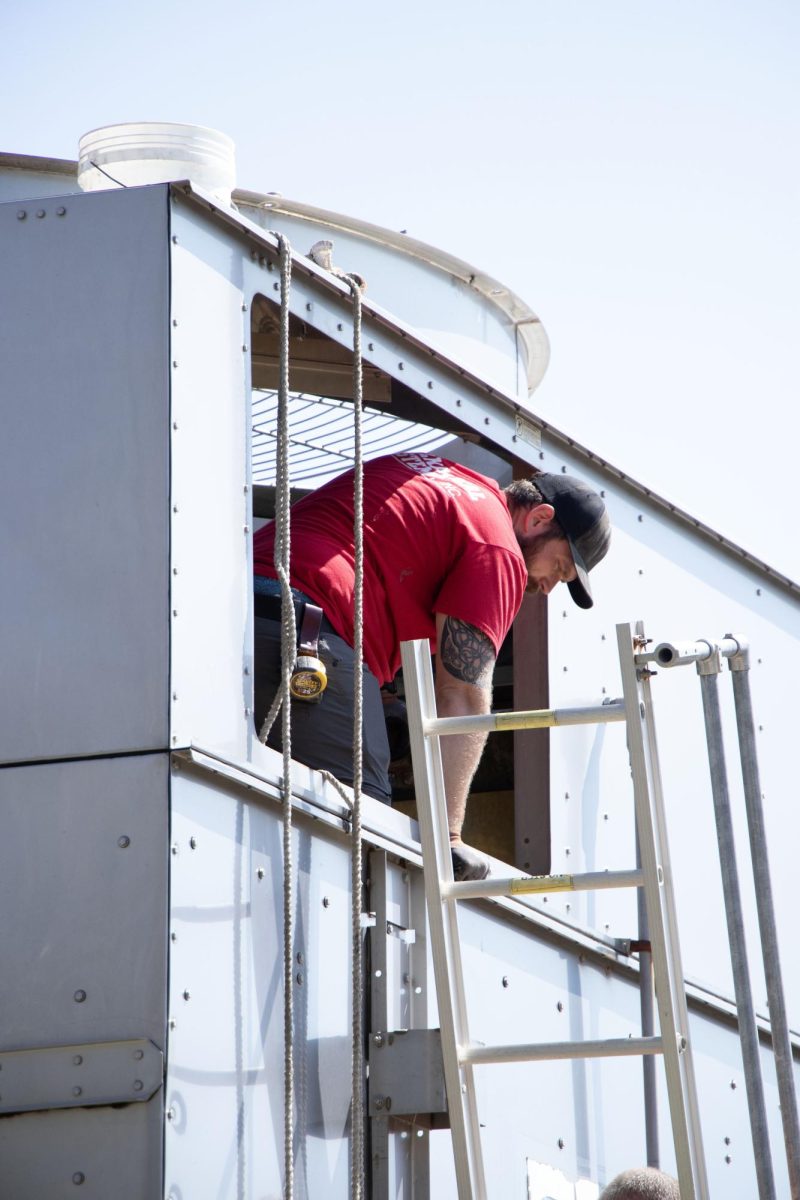The American Red Cross has declared a national blood shortage as the demand for blood has become larger than the supply. The Red Cross has made it clear that donors of all blood types would be greatly appreciated during this time of blood scarcity.
The national blood emergency has raised questions about whether or not there will be a blood drive at Millard South, an event that hasn’t happened since before the COVID-19 pandemic.
“We haven’t been able to have a blood drive, mostly because of COVID, but also because of time constraints. Last year was a pretty normal year, but the blood drive is transitioning from the athletic trainers to HOSA, so it’s a lot to take on,” HOSA director Tori Haas explained.
HOSA gives members who are interested in healthcare an opportunity to get exposed to different opportunities and careers in the health field, and hosting the blood drive is a great way for students to get involved in an authentic health-related event.
This year the blood drive will be returning to Millard South on April 18. Hosting a blood drive will have a big impact on the local community.
We’ll have a bunch of people from within the Millard South area come in, whether they work here or work here. We partner with the Red Cross for the drive, and they send out information to registered donors letting them know we’re hosting a drive. When we invite the community in, it helps alleviate blood shortage that we’re currently experiencing. It goes beyond the walls of Millard South,” Haas said.
In the meantime, there are a variety of ways that students can help contribute to ending the blood shortage. Many teachers at Millard South have been involved with blood donations for many years and have been regular donors with organizations like the Red Cross. Science teacher Tyler Renken has been donating since he was in high school.
“The Red Cross has an app, which is super helpful,” Renken explained, “It has options to set up appointments nearby, or go to places you have in the past. The Millard Library has a drive about once a month, and there’s a lot of other community places that people can go to. A lot of churches hold them as well.”
Students need to be 18 to donate without parent permission, but 16 and 17 year-olds who wish to donate can get a parent to sign a permission form and go to any Red Cross location to donate blood. Type O blood is always needed because it is the universal donor. Platelets, the cells that help form clots and stop bleeding, are also urgently needed during this crisis. People must be at least 17 in order to donate these cells.
Participating in a blood drive allows people to get involved in the national crisis, and can possibly save someone’s life in the future. Math teacher Tre Hanzy, who has donated blood for over 12 years, encourages students to donate blood because of the impact it has on the community.
“It makes me feel good that I am doing something that I know will help somebody, someday, somewhere. I love helping out the community in general, so I hope everyone else finds a feeling of satisfaction when they donate blood, and knowing they helped somebody,” Hanzy said.

